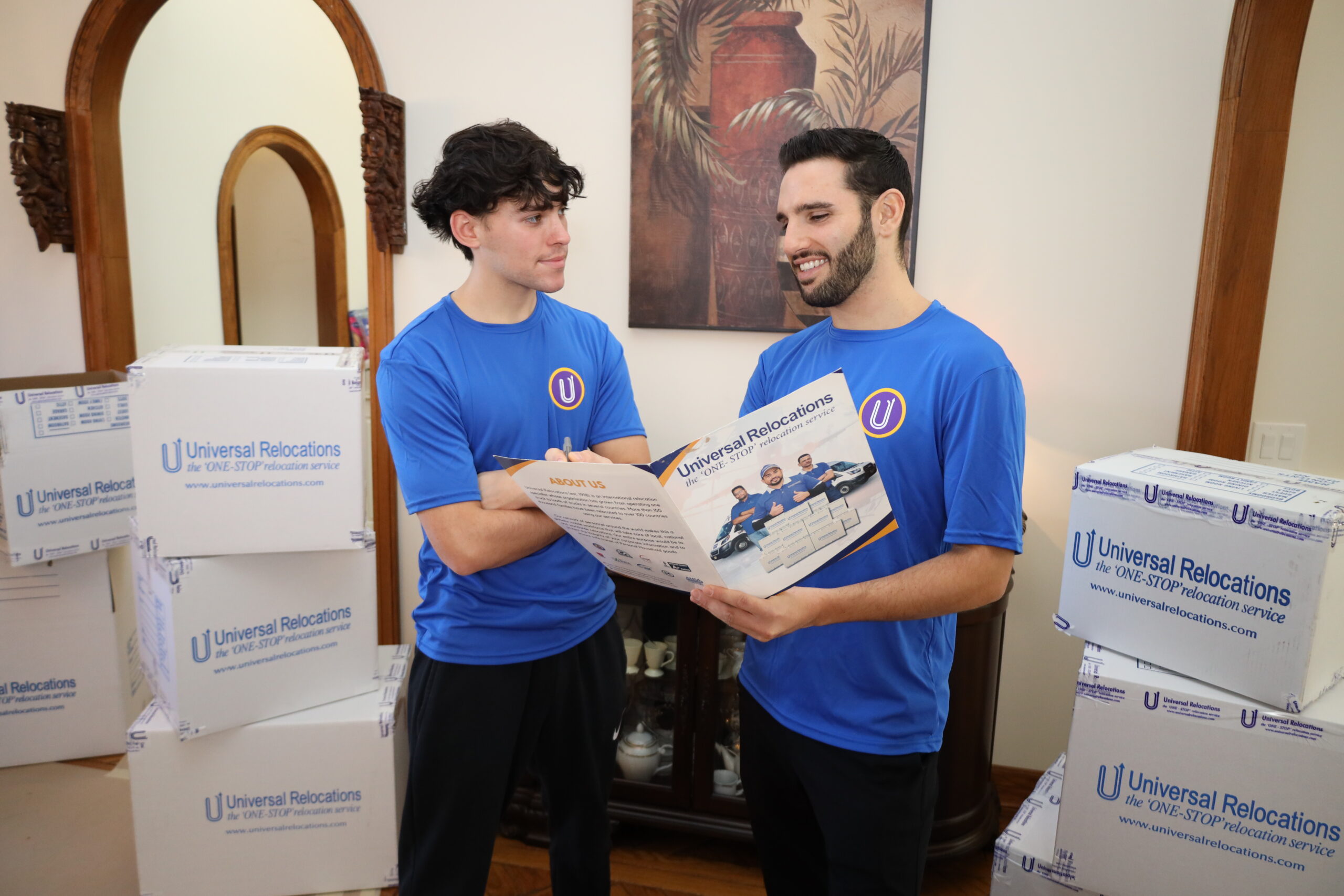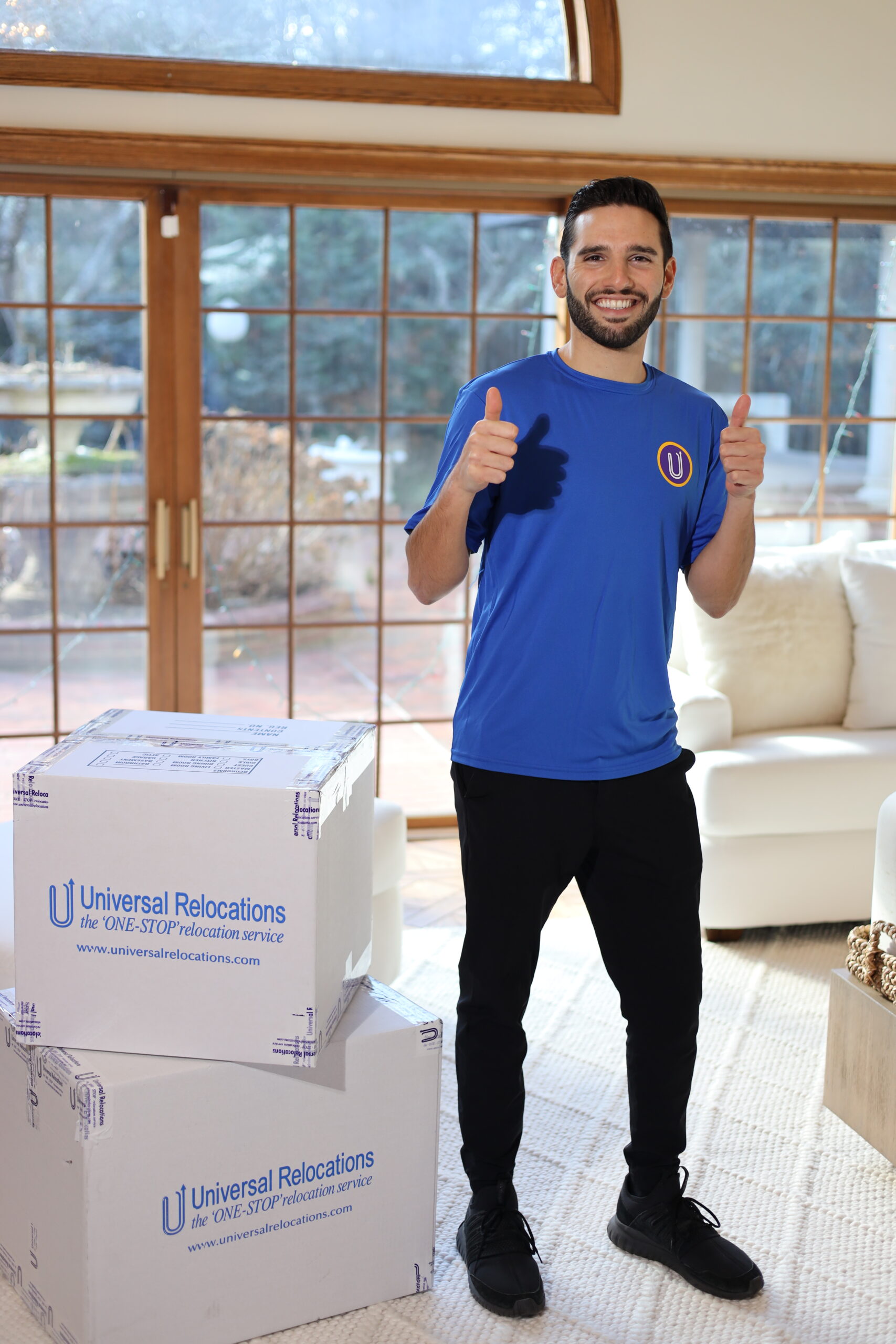Packing Tips
Packing can be one of the most daunting aspects of moving, but with our expert advice, you'll be able to tackle the task with ease. From creating a detailed inventory to selecting the right materials, our packing tips will guide you through every step of the process. Learn how to efficiently pack each room, safely wrap delicate items, and label your boxes like a pro.

 800-13-7356
800-13-7356


